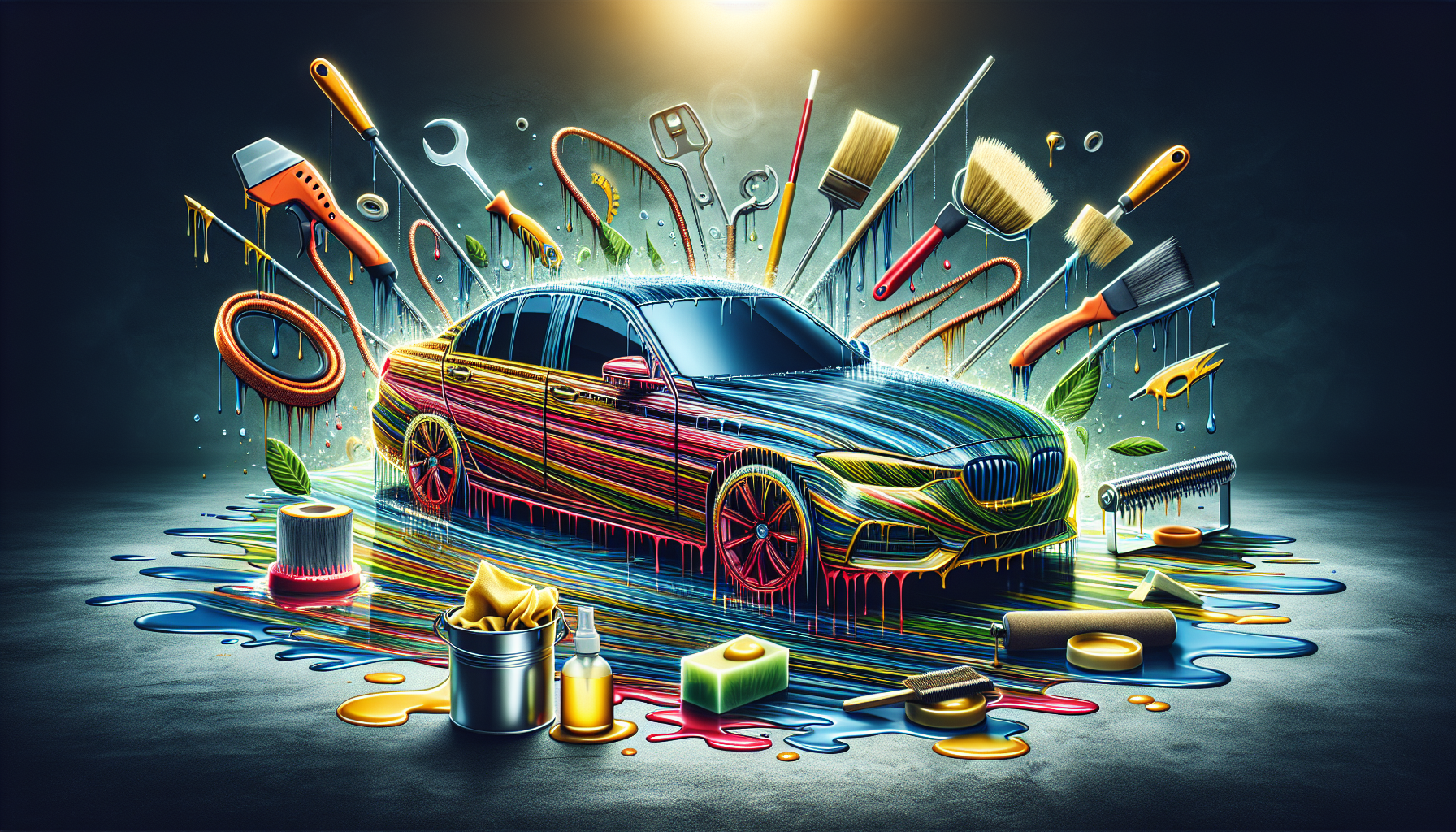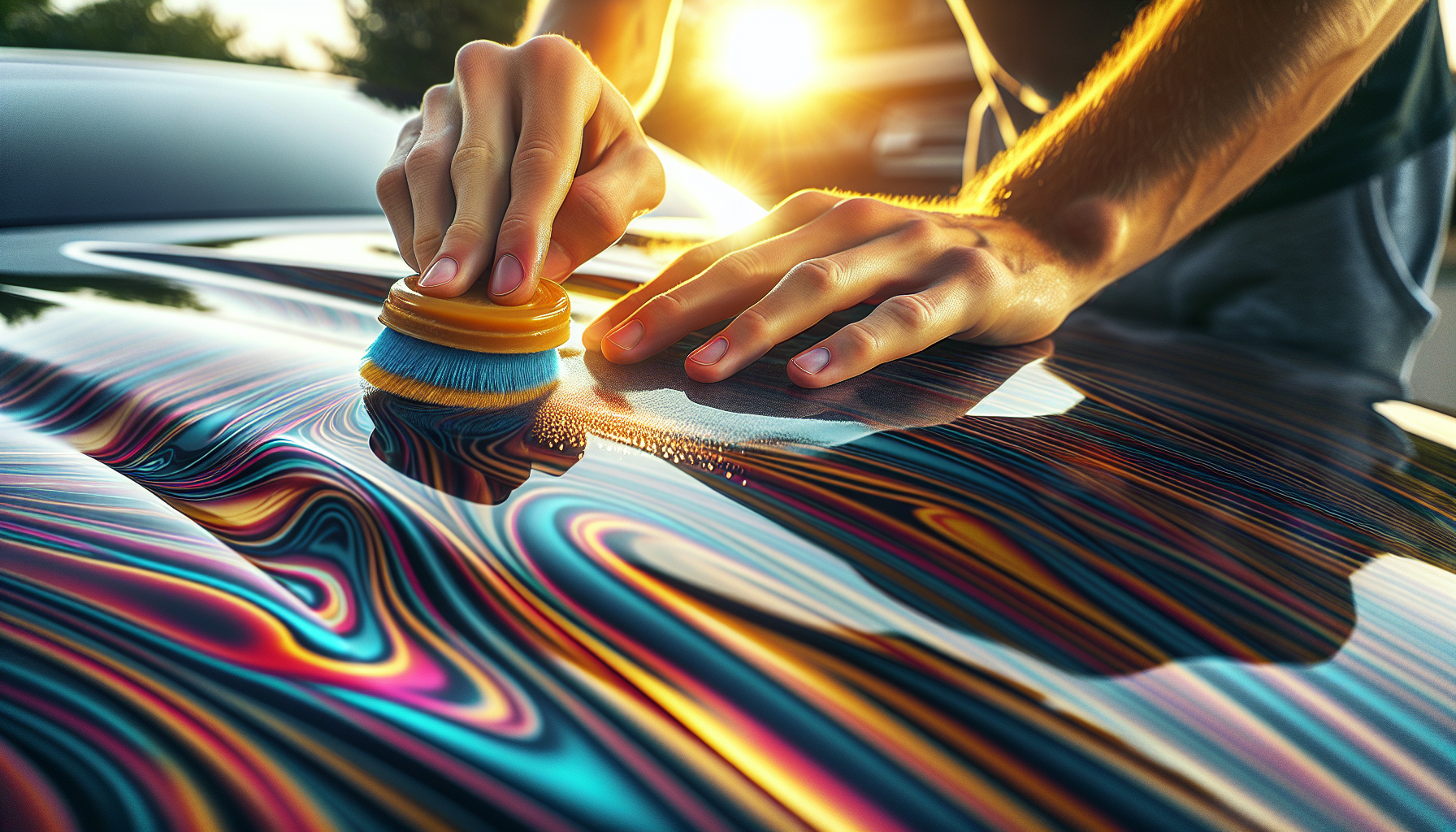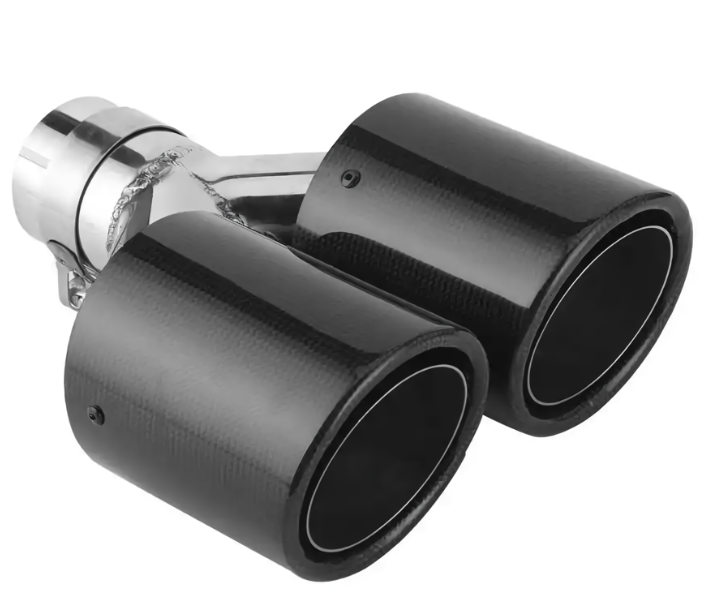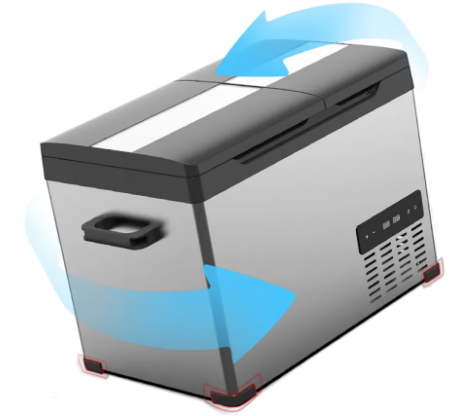Taking Vinyl Car Wrap Protection to the Next Level: Can Waxing Do the Trick?

Are you a car enthusiast looking to take your vehicle’s protection and personalization to the next level? Vinyl car wraps have become a popular choice for car owners, offering a range of benefits that go beyond just aesthetics. Not only do they provide a protective barrier against the elements, but they also offer a world of customization options to make your ride truly unique. But, can you take it a step further by waxing your vinyl car wrap for added protection? In this article, we’ll explore the benefits of vinyl car wraps, the science behind waxing, and provide a step-by-step guide on how to safely and effectively wax your vinyl car wrap. Whether you’re a seasoned car enthusiast or just looking for ways to keep your vehicle in top condition, you’ll want to know the answers to these questions and more.
One of the biggest advantages of vinyl car wraps is their ability to shield your vehicle from harsh weather conditions and everyday wear and tear. From UV rays to road debris, a vinyl car wrap can help prevent damage to your vehicle’s paint job. But, what if you could add an extra layer of protection? Waxing has long been a popular method for protecting paint jobs, but can it be applied to vinyl car wraps as well? We’ll delve into the chemistry behind waxing and explore what leading manufacturers have to say about this practice.
So, is waxing a vinyl car wrap worth it? We’ll weigh the pros and cons and provide alternative protection methods to help you make an informed decision. Whether you’re looking to enhance your vehicle’s appearance or extend its lifespan, this article will give you the insights you need to take your car care to the next level.
1. The Benefits of Vinyl Car Wraps
Vinyl car wraps have revolutionized the way car enthusiasts personalize and protect their vehicles. One of the most significant advantages of vinyl car wraps is their ability to shield your vehicle from harsh weather conditions and everyday wear and tear. The wrap acts as a protective barrier, preventing damage to your vehicle’s paint job from UV rays, road debris, and other environmental factors. This means that your car’s original paint job remains intact, preserving its value and appearance.
Beyond protection, vinyl car wraps offer a world of customization options. With a vast array of designs, colors, and materials available, you can transform your vehicle’s appearance to match your unique style and personality. Whether you’re looking to make a bold statement or subtly enhance your car’s aesthetic, vinyl car wraps provide the ultimate flexibility. Plus, with the ability to easily remove and replace the wrap, you can change up your car’s look as often as you like.
The benefits of vinyl car wraps don’t stop there. They’re also an excellent way to promote your business or brand, making them a popular choice for company vehicles. Additionally, vinyl car wraps can be used to hide minor imperfections on your vehicle’s surface, giving it a showroom-quality appearance. With their durability, versatility, and ease of maintenance, it’s no wonder vinyl car wraps have become a go-to choice for car enthusiasts around the world.
Protection from the Elements
One of the most significant benefits of vinyl car wraps is their ability to shield your vehicle from harsh weather conditions and everyday wear and tear. The wrap acts as a protective barrier, preventing damage to your vehicle’s paint job from UV rays, which can cause fading and discoloration. Additionally, the wrap provides a layer of protection against road debris, such as rocks and gravel, that can chip or scratch your vehicle’s paint. This means that your car’s original paint job remains intact, preserving its value and appearance.
Vinyl car wraps also offer protection against the elements, including rain, snow, and extreme temperatures. The wrap helps to prevent water spots and mineral deposits from forming on your vehicle’s surface, which can be difficult to remove and can cause damage over time. Furthermore, the wrap provides insulation against extreme temperatures, which can help to reduce the risk of paint damage and cracks. This means that your vehicle’s paint job remains looking new and fresh, even in the harshest weather conditions.
By providing a protective barrier against the elements and everyday wear and tear, vinyl car wraps can help to extend the lifespan of your vehicle’s paint job. This means that you can enjoy your vehicle’s original appearance for years to come, without the need for costly repairs or repaints. With their durability and protective qualities, vinyl car wraps are an excellent investment for any car enthusiast looking to protect their vehicle’s appearance and value.
Customization and Personalization
Vinyl car wraps offer a world of customization options, allowing you to transform your vehicle’s appearance to match your unique style and personality. With a vast array of designs, colors, and materials available, the possibilities are endless. From bold, eye-catching graphics to subtle, sleek finishes, vinyl car wraps can be tailored to meet your specific needs and preferences. Whether you’re looking to make a statement, promote your business, or simply add a personal touch to your vehicle, vinyl car wraps provide the ultimate flexibility.
One of the most exciting aspects of vinyl car wraps is the range of materials available. From glossy, high-shine finishes to matte, textured wraps, there’s a material to suit every taste and style. Additionally, vinyl car wraps can be customized with a variety of effects, such as metallic, chrome, and carbon fiber finishes, to give your vehicle a truly unique look. With the ability to combine different materials, colors, and designs, the possibilities for customization are virtually limitless.
The design options for vinyl car wraps are equally impressive. From simple, bold graphics to intricate, detailed designs, vinyl car wraps can be tailored to meet your specific needs and preferences. Whether you’re looking to promote your business, showcase your personality, or simply add a touch of style to your vehicle, vinyl car wraps provide the ultimate canvas for self-expression. With their durability, versatility, and ease of customization, vinyl car wraps are an excellent choice for car enthusiasts looking to take their vehicle’s appearance to the next level.
2. Waxing a Vinyl Car Wrap: Is it Possible?

When it comes to protecting your vehicle’s vinyl car wrap, one of the most common questions is whether waxing is a recommended practice. The answer is a resounding yes! Waxing a vinyl car wrap can provide an additional layer of protection against the elements, helping to maintain its appearance and extend its lifespan. By applying a wax specifically designed for vinyl car wraps, you can create a hydrophobic barrier that repels water, dirt, and other contaminants, making it easier to clean and maintain your vehicle’s wrap.
Waxing a vinyl car wrap can also provide added protection against UV rays, which can cause fading and discoloration over time. By applying a wax with UV-blocking properties, you can help prevent damage to your vehicle’s wrap and maintain its vibrant color and appearance. Additionally, waxing can help to fill in any minor scratches or imperfections on the wrap’s surface, leaving it looking smooth and glossy.
So, is waxing a vinyl car wrap worth it? Absolutely! By providing an extra layer of protection and making maintenance easier, waxing can help to extend the life of your vehicle’s wrap and keep it looking its best. With the right products and techniques, waxing a vinyl car wrap is a simple and effective way to take your vehicle’s protection to the next level.
The Science Behind Waxing
Waxing has long been a popular method for protecting and enhancing the appearance of vehicles, but have you ever wondered what’s behind the science of waxing? When it comes to vinyl car wraps, understanding the chemistry of waxing is crucial to getting the best results. At its core, waxing is a process of creating a barrier between the wrap’s surface and the elements. This barrier is formed by the application of a wax or sealant, which binds to the wrap’s surface and creates a hydrophobic (water-repelling) layer.
The key to successful waxing lies in the type of wax or sealant used. Traditional waxes, such as carnauba or beeswax, work by creating a physical barrier on the surface of the wrap. This barrier prevents water, dirt, and other contaminants from penetrating the wrap and causing damage. However, modern waxes and sealants have taken it to the next level by incorporating advanced technologies, such as nanotechnology and ceramic particles, to create an even more durable and effective barrier.
When it comes to vinyl car wraps, the right wax or sealant can make all the difference. By choosing a product specifically designed for vinyl car wraps, you can ensure that the wax or sealant bonds properly with the wrap’s surface, providing maximum protection and durability. Additionally, many modern waxes and sealants are designed to be safe for use on vinyl car wraps, so you can have peace of mind knowing that your wrap is protected and looking its best.
Manufacturer Recommendations
When it comes to waxing a vinyl car wrap, it’s essential to follow the manufacturer’s recommendations to ensure the best results and avoid any potential damage to the wrap. Leading vinyl car wrap manufacturers, such as 3M, Avery, and Hexis, provide guidelines for waxing and maintaining their products. These guidelines are based on extensive testing and research, and are designed to help you get the most out of your vinyl car wrap.
According to 3M, waxing can be a beneficial way to maintain the appearance and durability of their vinyl car wraps. However, they recommend using a gentle, non-abrasive wax specifically designed for vinyl car wraps, and avoiding the use of harsh chemicals or high-speed buffers. Avery, on the other hand, recommends using a wax or sealant that is compatible with their vinyl car wraps, and following a regular maintenance schedule to ensure the best results.
Hexis, a leading manufacturer of vinyl car wraps, also recommends waxing as a way to protect and maintain their products. They suggest using a wax or sealant that is specifically designed for vinyl car wraps, and applying it in a thin, even layer to avoid any build-up or residue. By following the manufacturer’s recommendations, you can ensure that your vinyl car wrap looks its best and lasts for years to come. Whether you’re a professional detailer or a DIY enthusiast, it’s essential to follow the guidelines set forth by the manufacturer to achieve the best results.
3. How to Wax a Vinyl Car Wrap for Maximum Protection
Waxing a vinyl car wrap is a simple and effective way to provide maximum protection and maintain its appearance. To get the best results, it’s essential to follow a step-by-step process that ensures a safe and effective application. First, start by washing the wrap using a mild soap and drying it thoroughly with a microfiber towel. This will remove any dirt or debris that may interfere with the waxing process.
Next, choose a wax or sealant that is specifically designed for vinyl car wraps. Apply a thin, even layer of the wax or sealant to the wrap using a soft, clean cloth. Make sure to cover the entire surface, but avoid applying too much wax or sealant, as this can leave a residue. Allow the wax or sealant to haze for a few minutes before buffing it off using a clean, soft cloth.
Finally, inspect the wrap to ensure that the wax or sealant has been fully removed. If any residue remains, repeat the buffing process as needed. By following these step-by-step guidelines, you can ensure that your vinyl car wrap is safely and effectively waxed, providing maximum protection and maintaining its appearance for years to come. Remember to wax your wrap regularly to maintain its protection and appearance.
Choosing the Right Wax
When it comes to waxing a vinyl car wrap, choosing the right wax is crucial to achieve the best results. A wax specifically designed for vinyl car wraps is essential to ensure that the wrap is protected and maintained without any damage. When selecting a wax, look for products that are labeled as
Application and Removal Techniques
Applying and removing wax from a vinyl car wrap requires a certain level of skill and technique to achieve the best results. When applying wax, start by making sure the wrap is clean and dry. Then, use a soft, clean cloth to apply a thin, even layer of wax to the wrap. Work in small sections, using circular motions to spread the wax evenly. Avoid applying too much wax, as this can lead to a residue that’s difficult to remove.
When it’s time to remove the wax, use a clean, soft cloth to gently buff the wrap. Start at the top of the vehicle and work your way down, using circular motions to remove the wax. Avoid using high-speed buffers or harsh chemicals, as these can damage the wrap. Instead, rely on good old-fashioned elbow grease to get the job done. By mastering the art of applying and removing wax, you can keep your vinyl car wrap looking its best for years to come.
Remember, the key to successful wax application and removal is to be gentle and patient. Take your time, and work carefully to avoid damaging the wrap. With practice, you’ll become a pro at waxing your vinyl car wrap, and you’ll be able to enjoy the many benefits that come with it. From improved protection to enhanced appearance, waxing is a simple and effective way to take your vinyl car wrap to the next level.
4. Conclusion: Is Waxing a Vinyl Car Wrap Worth It?
After exploring the world of waxing vinyl car wraps, it’s clear that this simple and effective technique can provide a range of benefits for your vehicle. From improved protection to enhanced appearance, waxing a vinyl car wrap can be a game-changer for car enthusiasts. By choosing the right wax and following the correct application and removal techniques, you can enjoy a longer-lasting and better-looking wrap.
However, it’s also important to consider the potential drawbacks of waxing a vinyl car wrap. For example, some waxes may not be suitable for certain types of wraps, and improper application or removal can lead to damage or residue. Additionally, waxing may not be necessary for all vinyl car wraps, and some owners may prefer to use alternative protection methods.
Ultimately, whether or not waxing a vinyl car wrap is worth it depends on your individual needs and preferences. If you’re looking for a simple and effective way to protect and enhance your wrap, waxing may be a great option. But if you’re unsure or have concerns, it’s always a good idea to consult with a professional or do further research. With the right knowledge and techniques, waxing can be a valuable tool in your car care arsenal.
Weighing the Pros and Cons
When it comes to waxing a vinyl car wrap, there are both pros and cons to consider. On the plus side, waxing can provide an added layer of protection to your wrap, shielding it from the elements and everyday wear and tear. This can help to extend the lifespan of your wrap and keep it looking its best. Additionally, waxing can enhance the appearance of your wrap, giving it a glossy and protected finish that’s sure to turn heads.
On the other hand, there are some potential drawbacks to waxing a vinyl car wrap. For example, some waxes may not be suitable for certain types of wraps, and improper application or removal can lead to damage or residue. Additionally, waxing may not be necessary for all vinyl car wraps, and some owners may prefer to use alternative protection methods. It’s also important to consider the cost of waxing, as well as the time and effort required to do it properly.
By weighing the pros and cons, you can make an informed decision about whether waxing a vinyl car wrap is right for you. If you’re looking for a simple and effective way to protect and enhance your wrap, waxing may be a great option. But if you’re unsure or have concerns, it’s always a good idea to consult with a professional or do further research.
Alternative Protection Methods
While waxing is a popular method for protecting vinyl car wraps, it’s not the only option available. There are several alternative protection methods that can provide similar benefits without the need for waxing. One popular option is to use a ceramic coating, which can provide a strong and durable barrier against the elements. Ceramic coatings are often more durable than waxes and can last for several months or even years.
Another option is to use a paint protection film, which can provide a clear and invisible barrier against damage. Paint protection films are often used on high-impact areas such as the front bumper and hood, and can be a great option for cars that are driven frequently in harsh weather conditions. Additionally, some car owners prefer to use a detailing spray or sealant to provide a quick and easy way to protect their wrap.
Ultimately, the best protection method for your vinyl car wrap will depend on your individual needs and preferences. By exploring the various options available, you can find a method that works best for you and provides the protection and peace of mind you need. Whether you choose waxing, ceramic coating, paint protection film, or another method, protecting your vinyl car wrap is an important step in maintaining its appearance and longevity.
Can I wax my vinyl car wrap if it’s already damaged?
It’s not recommended to wax a damaged vinyl car wrap, as it can exacerbate the damage and make it harder to repair. Instead, consider repairing the damage first and then applying a wax or alternative protection method.
How often should I wax my vinyl car wrap?
The frequency of waxing depends on the type of wrap and the conditions it’s exposed to. As a general rule, waxing every 2-3 months can provide adequate protection and maintain the wrap’s appearance.
Can I use any type of wax on my vinyl car wrap?
No, not all waxes are suitable for vinyl car wraps. Make sure to choose a wax specifically designed for vinyl wraps, as others can damage the material or leave residue.
Will waxing my vinyl car wrap affect its appearance?
Waxing can actually enhance the appearance of your vinyl car wrap, giving it a glossy and protected finish. However, improper application or removal can lead to streaks or residue, so be sure to follow the correct techniques.
Is waxing a vinyl car wrap a DIY-friendly task?
Yes, waxing a vinyl car wrap can be a DIY-friendly task if you follow the correct techniques and use the right materials. However, if you’re unsure or lack experience, it’s always recommended to consult a professional for guidance.


